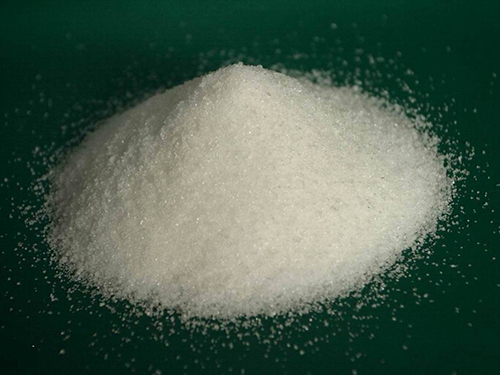polyepoxysuccinic acid
Polyepoxysuccinic Acid A Versatile and Sustainable Polymer
Polyepoxysuccinic acid (PESA) is an innovative polymer that has garnered significant attention in various fields, including materials science, coatings, and environmental applications. This unique compound, derived from the reaction of epoxides with succinic acid, combines desirable properties such as biodegradability, non-toxicity, and a high degree of functional versatility. As industries seek more sustainable alternatives to conventional materials, PESA emerges as a promising candidate for addressing these demands.
Chemical Structure and Properties
The chemical structure of polyepoxysuccinic acid endows it with a range of useful characteristics. The presence of epoxy groups enables the material to participate in cross-linking reactions, enhancing its mechanical strength and stability. This functionality also allows for the incorporation of various additives, giving rise to tailored properties suited for specific applications. Additionally, PESA is water-soluble, which makes it easy to process and apply in several formulations, further increasing its utility in industrial settings.
Environmental Impact
One of the most compelling aspects of PESA is its environmental profile. Traditional polymers, particularly those derived from petrochemicals, contribute significantly to pollution and waste. In contrast, PESA is not only biodegradable but also synthesized from renewable resources, making it a greener alternative. As awareness of environmental issues grows, industries are increasingly shifting towards eco-friendly materials, and PESA fits this trend perfectly. Its ability to break down naturally means that it poses a lower risk of accumulating in ecosystems compared to conventional plastics.
Applications of Polyepoxysuccinic Acid
polyepoxysuccinic acid

PESA's unique properties open up a wide range of applications. In the coatings industry, it is favored for producing high-performance paints and coatings that require durability and resistance to environmental factors. Due to its excellent adhesion properties and resistance to chemicals, PESA-based coatings are ideal for use in automotive, marine, and industrial applications.
Moreover, in the field of water treatment, PESA serves as an effective scale inhibitor and dispersant. Its ability to bind with metal ions and prevent precipitation makes it valuable in maintaining the efficiency of cooling systems and boilers. The increasing demand for water treatment solutions further amplifies the relevance and application potential of this polymer.
Future Prospects
The future of polyepoxysuccinic acid looks promising as research and development continue to explore its capabilities. Innovations in polymer chemistry may lead to even more advanced formulations that enhance PESA's properties and extend its range of applications. For instance, modifications to improve its resistance to UV radiation or increase its thermal stability could open doors for use in outdoor applications.
Furthermore, as global regulations surrounding sustainability tighten, the demand for biodegradable and eco-friendly materials like PESA is anticipated to grow. Regulatory frameworks aimed at reducing plastic waste and enhancing environmentally friendly practices will create favorable conditions for the adoption of PESA across various industries.
Conclusion
In conclusion, polyepoxysuccinic acid is a versatile and sustainable polymer that holds significant potential across diverse applications. Its favorable environmental profile, coupled with its unique chemical properties, positions it as a key player in the shift toward more eco-friendly materials. As industries increasingly prioritize sustainability, the role of PESA is likely to expand, paving the way for innovative solutions that align with both economic and environmental goals. The ongoing research and development in this field indicate a bright future for polyepoxysuccinic acid, promoting a greener approach to material science and industrial applications.
-
The Ultimate Guide to Flocculants: Transforming Water TreatmentNewsNov.01,2024
-
Improve Your Water Treatment Solutions with PolyacrylamideNewsNov.01,2024
-
Enhance Your Water TreatmentNewsNov.01,2024
-
Empower You to Achieve the Highest Standards of Water QualityNewsNov.01,2024
-
Effective Scale InhibitorsNewsNov.01,2024
-
Discover the Power of Poly Aluminum Chloride in Water TreatmentNewsNov.01,2024





